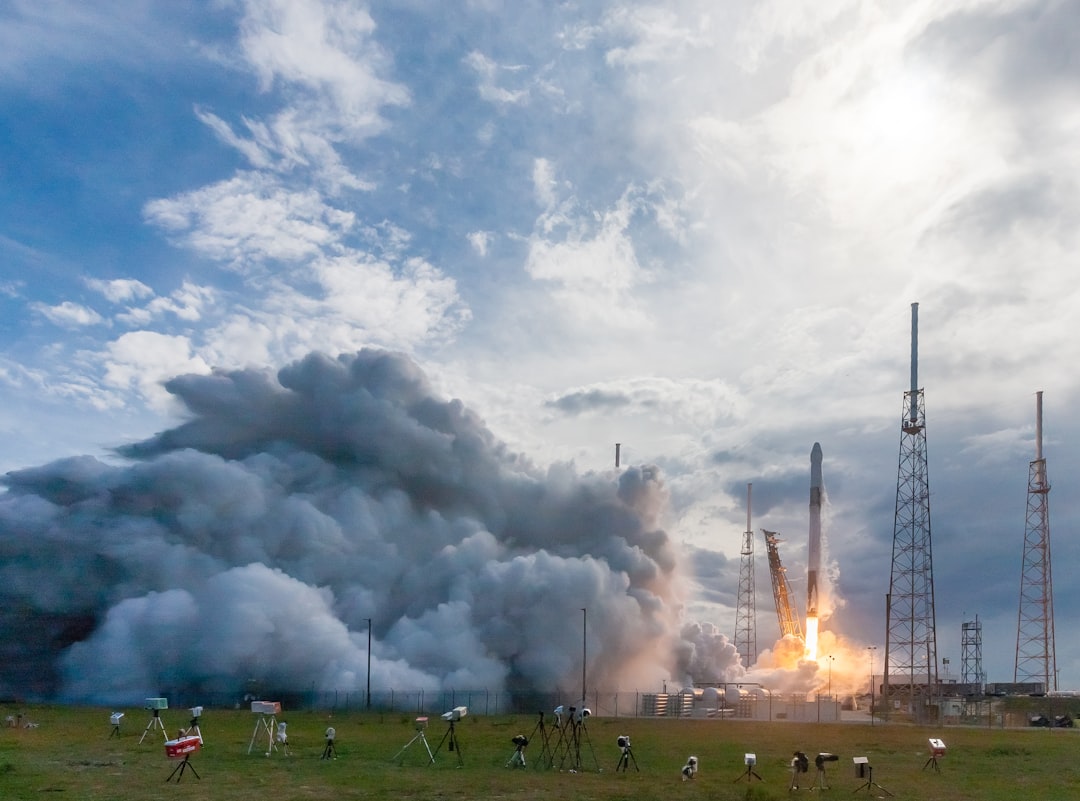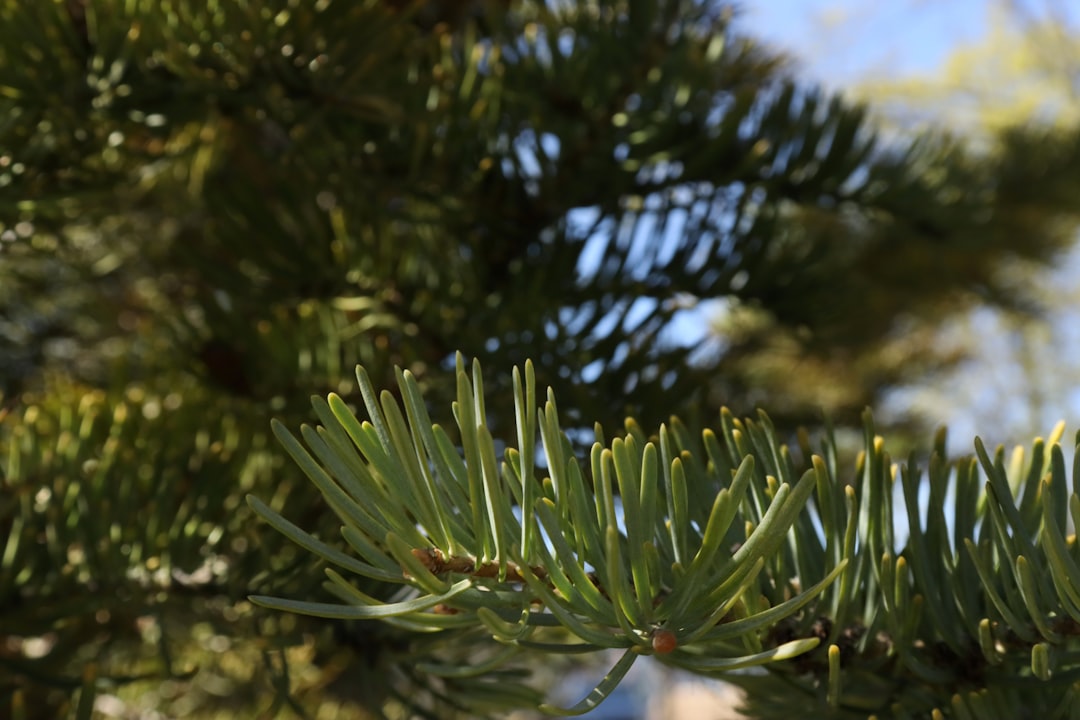S Groundbreaking Mission To Study — here’s what’s new, why it matters, and what to watch next.
NASA’s Groundbreaking Mission to Study Space Weather Launches
NASA has officially launched a significant mission aimed at studying space weather, a term that encompasses various phenomena occurring in the heliosphere—the vast region of space influenced by the Sun’s solar wind and magnetic fields. This mission, which involves collaboration with SpaceX, seeks to deepen our understanding of how solar activity affects Earth and the broader solar system.
At a Glance
- Launch Date: September 24, 2025
- Launch Vehicle: SpaceX Falcon 9
- Mission Objective: To study the heliosphere and its impact on space weather
- Key Instrument: Solar Wind and Magnetic Field Observatory (SWFO-L1)
- 2018: Initial planning for the SWFO-L1 mission begins.
- 2021: NASA and NOAA finalize mission objectives and instruments.
- 2023: Launch vehicle and satellite systems undergo rigorous testing.
- September 24, 2025: The SWFO-L1 is successfully launched into orbit.
- Real-Time Data Transmission: The ability of SWFO-L1 to send back real-time data on solar winds and magnetic fields.
- Impact Assessments: How new data will inform current models of space weather forecasting.
- Future Collaborations: Potential partnerships with international space agencies to enhance global understanding of space weather.
Background & Timeline
The launch of this mission marks a pivotal moment in space exploration and Earth science. The heliosphere, an enormous bubble in space created by the Sun’s solar wind, plays a crucial role in shielding the planet from cosmic radiation. Understanding this region is essential for predicting space weather events that can disrupt satellite communications, affect power grids, and even pose risks to astronauts in space.
NASA’s commitment to studying solar phenomena dates back decades, but recent advancements in satellite technology and scientific methods have positioned researchers to tackle these challenges more effectively. The agency’s collaboration with the National Oceanic and Atmospheric Administration (NOAA) aims to enhance the accuracy of space weather forecasts, a critical need given the increasing reliance on technology in everyday life.
Key Milestones Leading to the Launch
What’s New
The SWFO-L1 mission is equipped with advanced instruments designed to monitor solar winds and magnetic fields in real-time. This data will be transmitted back to Earth, allowing scientists to analyze the solar activity more accurately than ever before. The mission will also assist in developing predictive models for space weather phenomena, which can be crucial for safeguarding technological infrastructure.
In addition to studying solar winds, SWFO-L1 will focus on the interactions between the solar wind and Earth’s magnetic field, known as the magnetosphere. These interactions can lead to geomagnetic storms, which have the potential to damage satellites, disrupt communication systems, and even cause power outages on Earth.
Why It Matters
The importance of understanding space weather cannot be overstated. As society becomes increasingly dependent on technology, the potential for solar storms to disrupt communications, navigation systems, and power grids poses a significant risk. A severe geomagnetic storm, for instance, could lead to widespread outages and have catastrophic impacts on global infrastructure.
Moreover, astronauts on missions to the International Space Station or future missions to Mars will also face heightened radiation exposure during solar events. By studying the heliosphere more closely, NASA hopes to develop better protective measures for human spaceflight.
The SWFO-L1 mission represents a proactive step towards mitigating these risks. By improving the forecasting capabilities for space weather, scientists can provide more accurate warnings and help various sectors, including aviation, telecommunications, and power companies, prepare for potential disruptions.
What to Watch Next
As the SWFO-L1 mission progresses, scientists will be closely monitoring the data received from the spacecraft. Key aspects to watch include:
FAQ
Q1: What is space weather?
A: Space weather refers to the environmental conditions in space, particularly concerning solar activity and its effects on the Earth and other celestial bodies.
Q2: How does space weather affect Earth?
A: Space weather can impact satellite communications, GPS navigation, power grids, and even pose health risks to astronauts due to increased radiation during solar events.
Q3: What is the heliosphere?
A: The heliosphere is a vast region of space dominated by the solar wind emitted by the Sun, extending well beyond the orbit of Pluto and influencing the environment of the entire solar system.
Q4: Why is the SWFO-L1 mission important?
A: The SWFO-L1 mission will enhance our understanding of solar winds and their impact on Earth, improving forecasting capabilities for space weather and helping to protect technological infrastructure.
Q5: How will the data from SWFO-L1 be used?
A: The data will be analyzed to improve predictive models for space weather events, allowing for better preparedness and response strategies for various sectors reliant on technology.
Q6: When will the SWFO-L1 mission’s findings be available?
A: Findings will be available as data is collected and analyzed, with ongoing updates likely to be shared through scientific publications and public releases from NASA and NOAA.
Takeaways
NASA’s SWFO-L1 mission signifies a critical advancement in our understanding of space weather and its effects on Earth. With cutting-edge technology and real-time data transmission, this mission aims to bolster our preparedness against the potential risks posed by solar activity. As our reliance on technology grows, so does the importance of safeguarding our infrastructure from the unpredictable nature of space weather.
By exploring the mysteries of the heliosphere, this mission not only enhances scientific knowledge but also serves as a vital tool for protecting life on Earth and in space.
—
Sources & Credits: Reporting synthesized from multiple reputable outlets and official releases.
Read our related coverage for more on S Groundbreaking Mission To Study.
For context and confirmations, see reputable wires like Reuters or AP News.
Source: Original Source. Reporting synthesized from multiple reputable outlets and official releases.
For deeper analysis on S Groundbreaking Mission To Study, explore more reports and explainers on Insurance Rate Expert.













